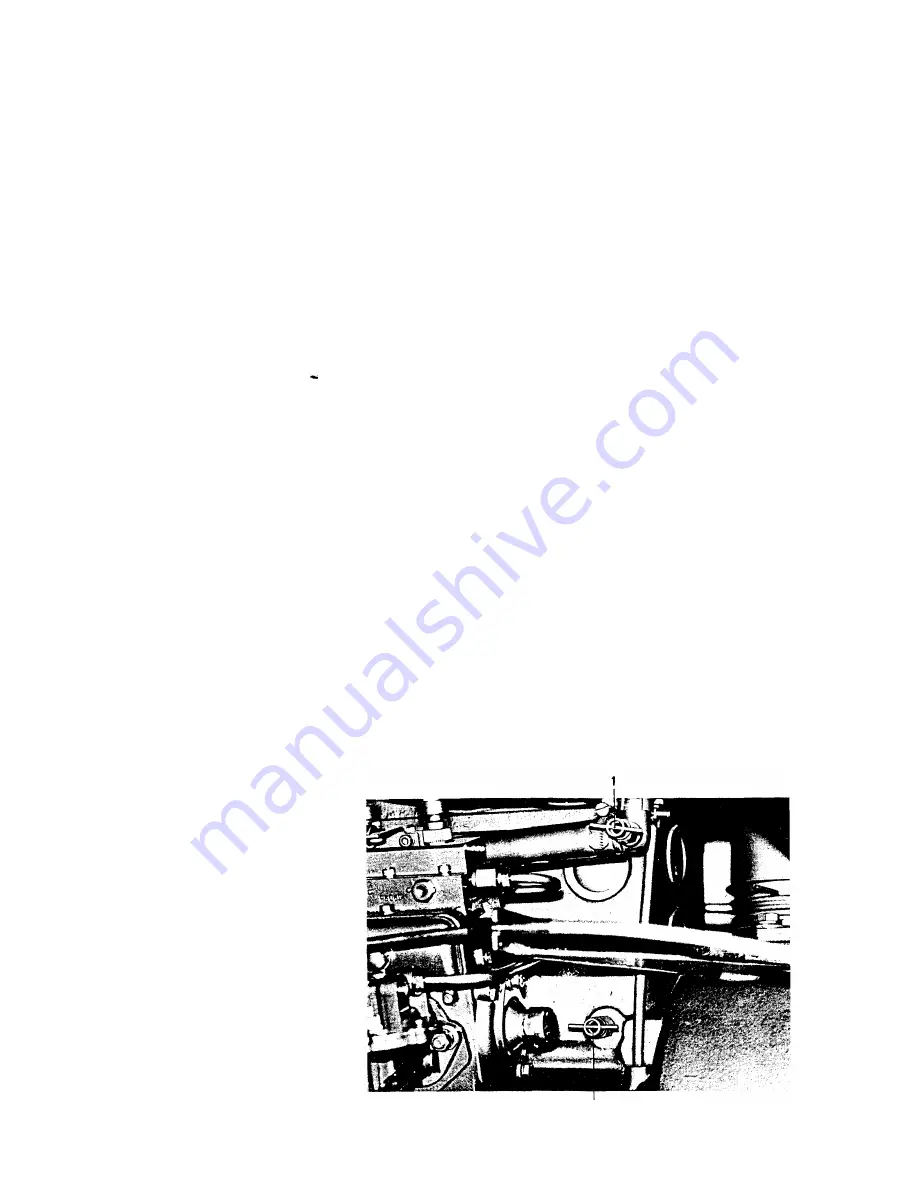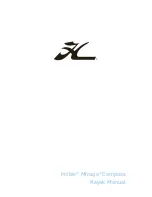
Manoeuvring
The spring loaded type reverse gear requires little operating effort. This makes it
possible to use a single lever control. With this type
of control, both the reverse
gear and engine speed are operated b y means of the single control lever.
All manoeuvring should be made with distinct movements from neutral to ahead or
astern position. Positions between the marked positions 2,
3 and 4 in fig. 21 may
damage the reverse gear. When the lever goes into the proper position a definite
indentation can be felt. With the control lever in neutral (position 3, fig. 21) the
propeller is not coupled to the engine and the engine is idling at about
650 rpm.
Moving the lever forward to position 2 couples the propeller to the engine at idling
speed. Moving the lever farther forward increases the engine speed. When the lever
is moved backward to position 4 the propeller is coupled to the engine at idling speed.
The propeller is now turning in
a reverse direction. Moving the lever farther back
increases engine speed.
The engine can be run at maximum rpm (2300 to 2400 rpm) for long periods but
2000
rprn will give much more economical cruising. Recharging of batteries during short
periods of up
to
30 minutes can be done with the engine idling and the control lever
in neutral, Charging for periods of several hours should be done with the gearbox
in forward. The engine must not be run with the propeller disengaged for any lenght
of time at higher than idling rpm.
Running
At regular intervals when running check:
that the cooling water temperature is 70-85°C;
that the warning lights for oil pressure or battery charging are not lit;
that enough fuel is available;
that the lubricating oil level is right. This should be done after the engine has been
stopped for
30 minutes giving the oil time to run down to the oil sump. Over-
filling with oil can result in oil being pressed out through the aft crankshaft seal
and being thrown around inside the flywheel casing;
that the automatic bilge pump intake is shut
off when not needed (fig. 16). The back
vent on the pump contains a ball vent which could, if held partly open by dirt
particles, cause flooding of the boat. Shutting off the valve also prevents intake
noise. Note: When closing this valve, be certain you are not closing the valve
for the engine cooling water;
that the acid level in the batteries is about 3/8 inch above the top of the plates. If it
is low add distilled water;
that no water has collected i n the fuel line water separator. Any water should be
drained off through the bottom screw.
Fig. 23 Drain cocks f o r cooling
water.
1.
Cock for exhaust manifold
2.
Cock for engine block
14
2
www.jonesboatyard.co.uk
















































